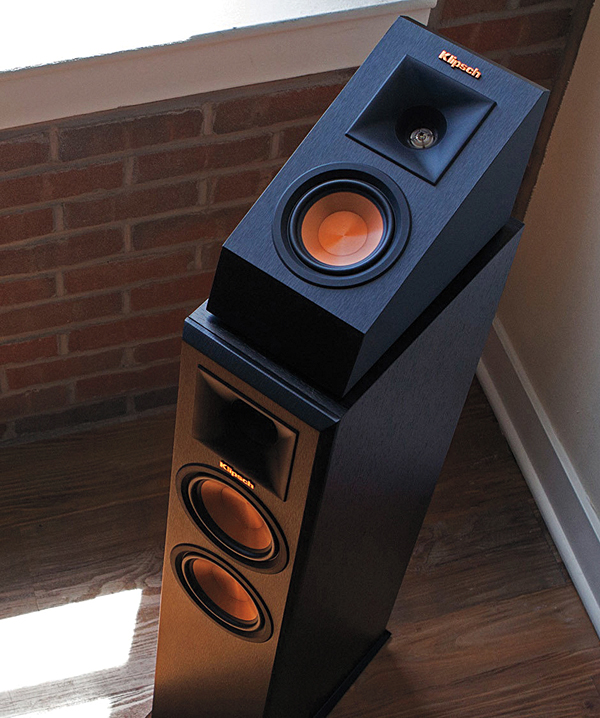Thanks Mark for your review on these Atmos enabled speakers. I too have speakers like yours. I have the Paradigm Studio 20sV5 and I read how you got the Atmos speaker to stay on top of your Paradigms. My question is how you applied the silly putty to the top of the Paradigm.
Did you flaten out a sheet of it and put it on top of the curved hump of the Paradigm? Does this keep the Klipsch speaker from rocking back and forth? My version 5 dimensions on the Paradigm are about the same as your version 4 Paradigms so I think the the Klipsch should fit ok. I am planning on getting the Blutack like you mentioned and use it the same way as the silly putty you used. The curved portion of the top of my Paradigm has had wondering how you managed things. I live in an apartment and can't do ceiling speakers of course. I also love my Paradigms. Best speakers I have ever had.
Thanks for your time and any help.


































































